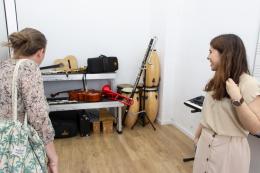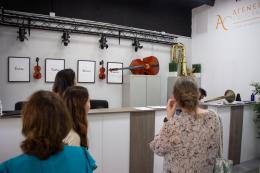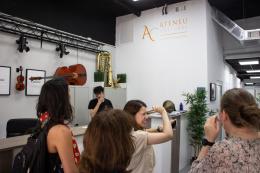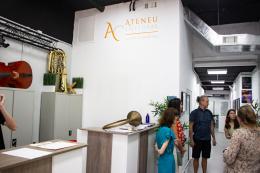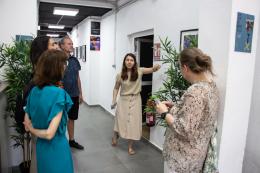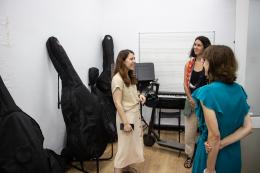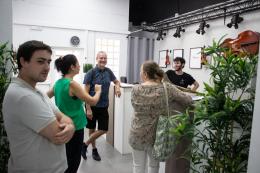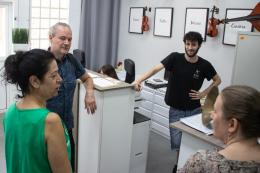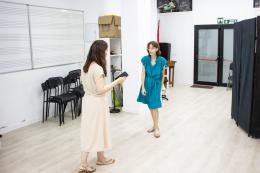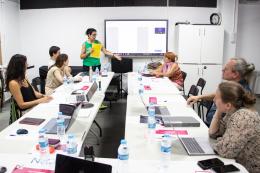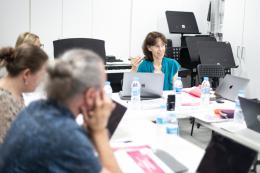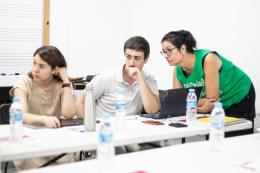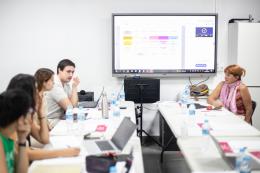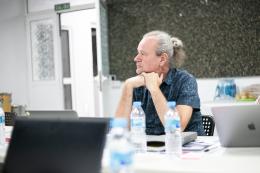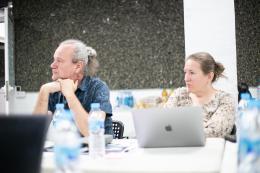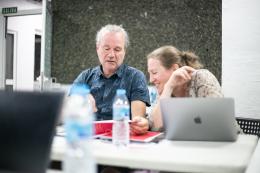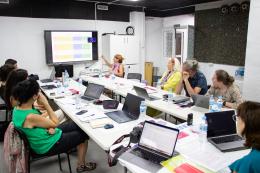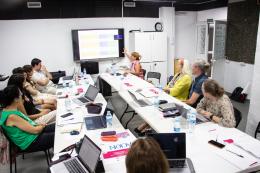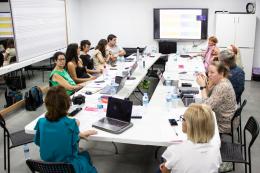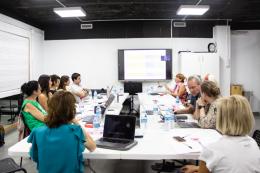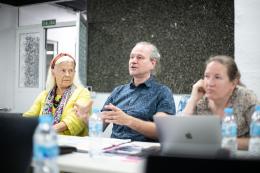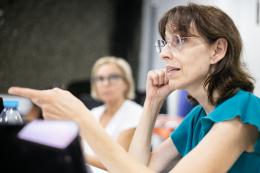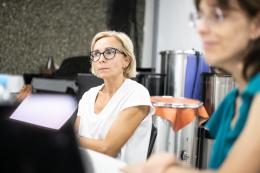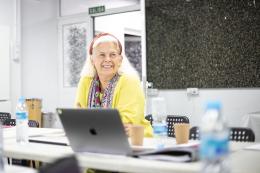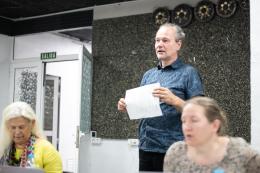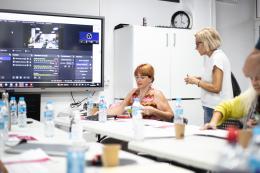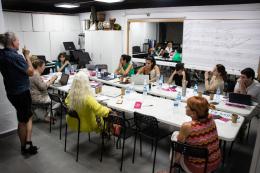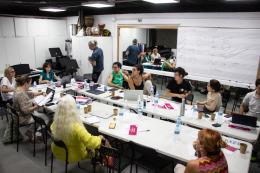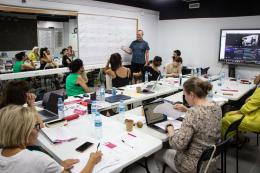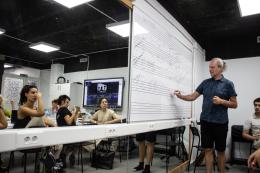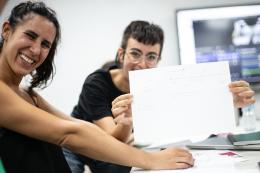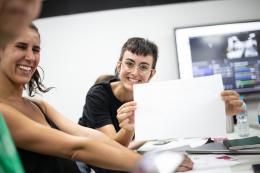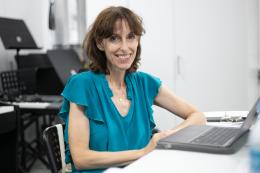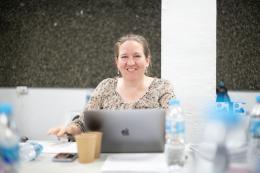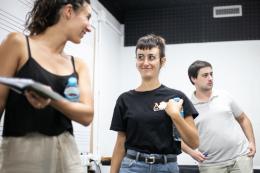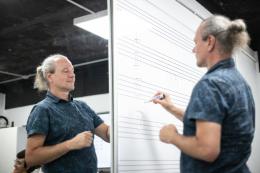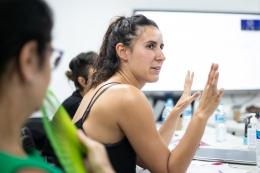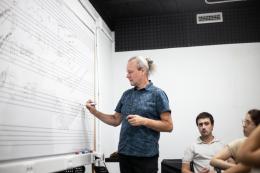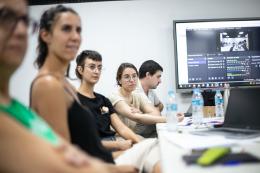
Movement is a project co-funded by the Erasmus+ Programme of the European Union. Based on the idea that music is a way to discover and be an active part of the world, Movement supports a true cross-sectoral cooperation in order to empower schools in designing and using an innovative multi-perspective non-traditional approach in music teaching.
As many pieces of research show, music is a discipline that opens students’ mind beyond technical and creative aspects, by tapping into many different basic skills and learnings including: resiliency, socio-emotional skills, creativity, disruptive and divergent thinking, learn to learn, communication and more.
Movement brings together eight partners (two schools, three music/cultural associations, one foundation and one scientific partner) and eight associated/external partners (schools) distributed in five hubs in Italy, Spain and Finland.
The project supports a true cross-sectoral cooperation in order to empower schools (and linked music associations) in designing and using an innovative multi-perspective non-traditional approach in music teaching, by drawing and building on different existing pedagogies and methods (Abreu – El Sistema, Reticular Teaching, methods Orff, Kodaly, Liberovici, Dalcroze…), and by combining them with local experiences and an ad hoc designed impact evaluation.
Targets
Movement will see the direct involvement in core activities of up to 55 teachers (music and other disciplines) and up to 30 musicians (core project activities).
During the two school years of the project (second term of 2021-2022; full-year 2022-2023), Movement will reach overall 1600 students aged 6-12 enrolled in primary/middle schools of urban settings of Torino and Piacenza (Italy), Helsinki (Finland) and Madrid (Spain), especially belonging to disadvantaged categories.
Pillars
The pillars at the basis of Movement approach can be summarized in
- Ensemble Music: group dimension as a key element to work with students;
- Inclusiveness: all pupils (including those facing disability, learning or socio-economic disadvantages, cultural or linguistic differences) are welcomed in the group and a tailored approach is designed for each individual situation to foster integration and sense of community;
- Peer to Peer Approach: music teaching and learning is not a prerogative of the teacher in a top-down manner but, in a bottom-up approach, students can drive the learning process and help and mentor each other;
Learning Process versus Performance: evaluation will be focused not on students technical ability but on the attitude and desire of the child to participate in the project and in the process, progress, and micro-changes of each student, acknowledging the variability of starting points of each student and of personal attitudes.
The Project Objective
Movement aims to promote social inclusion and personal and skills empowerment for all pupils together: the project objective, in this sense, is not teaching technical music teaching and learning but the social action of promoting social inclusion and the growth and personal development of students that derives from it.
The group dimension, in this approach, acts as a facilitator for the learning experience of the individual that can draw from the learning and mistakes of others, from their experiences, competencies and support (peer to peer) and from the guidance of a teachers that is part of the group. This impresses a conscious, stable learning that supports personal satisfaction together with a sense of belonging supporting the overall inclusion of the single pupil.
The driving idea is that music is an agent of social development because it transmits values such as solidarity, harmony, mutual compassion and can unite an entire community.
Starting from the idea that music is a collective fact, collective experiences allow learn together thanks to the multiplication of experiences (of success and unsuccessful attempts) that show to each other, in a deductive way, how to play and sing correctly, and, above all, in harmony. The concept, already known in pedagogy as scaffolding proposes a type of collaborative problem solving which, unlike autonomous/individual problem solving, is tackled by the children (under the guidance of professionals). This generates personal satisfaction together with a sense of group empathy.
Transnational Meeting Valencia
Transnational Meeting Madrid
Multiplier Event
The beginning of MOVEMENT- Music as a tool for resiliency and life skills
The aim of the national conference was to share the approach and the first developments of the MOVEMENT project with the Finnish community in person and communities from all partners countries remotely/online.
The Event provided insights from the Framework Study (IO1) with a focus on the Finnish situation and described cooperation logic between schools-music association and the key speaker Riikka Nurmi with the teachers and musicians presented perspectives of challenges of students in the local context and also presented and shared the methodology used to implement the analysis (IO1).
The planned live performance of a practical example from the local case study was presented by video clips by the Musicians of the Movement because of the COVID 19. The Video performances will be saved in the MOOC (IO4).
At that time there wasn't preliminary results of the analysis done by the partnership in particular related to the features and elements shared by all the partners that use music as a tool of personal growth and social inclusion for students (IO1) or the preliminary results of the MOVEMENT Impact KIT related in particular to the methodological approaches of non-traditional music teaching evaluation (IO3).
Testimonials by key speakers and participants were recorded and made available on MOVEMENT website and social networks f.ex. Facebook and Instagram of CHMI and the blog of rector Petri Aarnio.
The conference was open to different target audiences and reached about 40 participants even though the COVID 19 situation was unstable in Finland. The audience was Headmasters and Teachers, Music Associations and musicians, Music Institutes in the capital area, Representatives from the Universities, Orchestras, Local Institutions and NGOs and Authorities of Helsinki Municipality (List of Participants)

